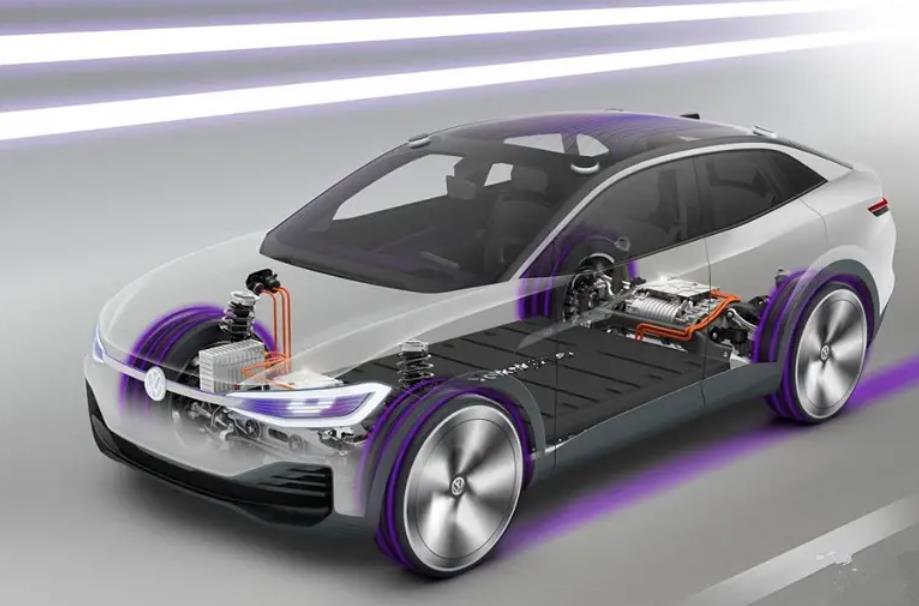With the increasing global attention to environmental protection, new energy vehicles are gradually becoming the mainstream choice for future travel. In the core technology of new energy vehicles, the vehicle control system plays a crucial role. The innovation and progress of this system will push forward the performance, safety and driving experience of new energy vehicles.
The main function of the new energy vehicle control system is to integrate and coordinate the operation of each subsystem of the vehicle, including the battery management system, motor control system, vehicle power management system, etc. Through accurate signal processing and data exchange, the vehicle control system can achieve efficient coordination of key functions such as battery charge and discharge management, motor speed control, and energy recovery, improving the energy utilization rate and overall performance of the vehicle.

With the continuous innovation of technology, the control system of new energy vehicles is experiencing a series of improvements and breakthroughs. First of all, intelligence has become the main trend of the development of vehicle control systems. Through the introduction of artificial intelligence and machine learning algorithms, vehicle control systems can achieve intelligent perception and prediction of driver behavior and road conditions, thereby optimizing energy management and power distribution, and improving vehicle performance and safety.
Secondly, the control system of new energy vehicles is developing in the direction of high integration. The traditional automobile control system is usually composed of multiple independent control units, but the current vehicle control system integrates multiple functional modules into one main control unit, which realizes the compactness and efficiency of the system. This integrated design not only reduces the weight and space occupied by the system, but also improves the reliability and response speed of the system.
In addition, the control system of new energy vehicles is still moving towards more advanced safety performance. For example, advanced anti-lock braking system (ABS), electronic stability control system (ESC), collision warning and automatic emergency braking system are used to provide more comprehensive safety protection. The integration of these safety features enables new energy vehicles to react more quickly and accurately in potentially dangerous situations, protecting the lives of drivers and passengers.
The continuous innovation and progress of the control system of new energy vehicles has laid a solid foundation for the development of new energy vehicles. The intelligence, integration and safety performance of this system will further promote the market popularization of new energy vehicles and the improvement of user experience. In the future, we can look forward to continuous breakthroughs in the control system of new energy vehicles in energy management, power performance and safety protection, and make greater contributions to the green transportation that drives future travel.